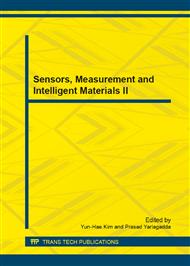p.324
p.330
p.337
p.342
p.347
p.351
p.355
p.361
p.366
A Review on the Integration of Content-Based English Instruction and Multimedia Technology
Abstract:
Content-based Instruction (CBI) is a useful and has-proved-to-be-effective approach which value content over form and has gain an edge in instructing students to study. It can both develop students knowledge on a specific subject and improve their language proficiency at the same time. Modern technology, especially the multimedia technology which greatly enriched the content of teaching by providing learners videos, pictures, sounds, etc. makes CBI more dimensional, more solid and more vivid and interesting, thus has been gaining great popularity in language teaching program. Still, a trend of excessive-reliance on multimedia should be modified to get an effective balance in language teaching.
Info:
Periodical:
Pages:
347-350
Citation:
Online since:
December 2013
Authors:
Price:
Сopyright:
© 2014 Trans Tech Publications Ltd. All Rights Reserved
Share:
Citation:


